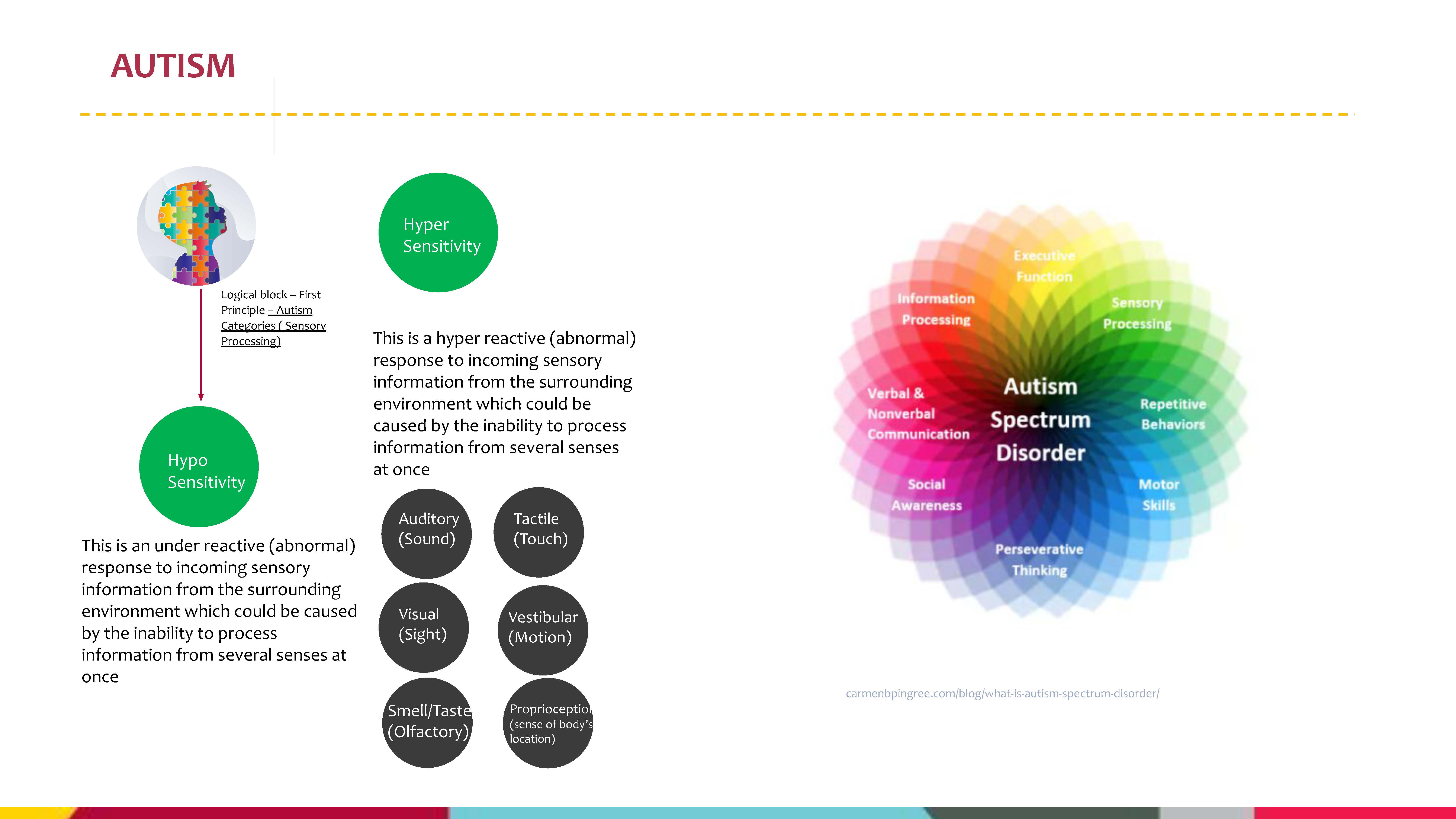
Indoor Environmental Quality Factors in Learning: A qualitative Analysis of the Impacts of Acoustics on Students with Autism Spectrum Disorder
Researcher: Michael Lekan-Kehinde
Program: Interior Design
Is the current acoustical guideline for designing K-12 learning spaces suitable for students with autism? What performance threshold and material recommendations would ensure better quality of life for students with autism.
Autism spectrum disorder (ASD) is a condition that typically causes delayed verbal and social skills, restrictive and repetitive motor≠ movement, and has been theorized to occur due to the failure of the “theory of the mind”, “mirror neuron system”, ‘weak central coherence” or imbalances of “empathizing and sympathizing”. As a neurodevelopmental condition, which could be complex, multifactorial, and pervasive—it is widely described under the umbrella term of Neurodiversity. About 30% of the population is currently estimated to be neurodiverse. Therefore the design of spaces should adequately accommodate their needs from childhood and help them integrate into adult life socially, economically, and environmentally.
One of the major factors that contribute to childhood development and how students with autism are able to integrate into life is the quality of their learning and learning spaces that support them. The Indoor Environmental Quality (IEQ) factors are metrics that has been identified by experts as important to ensure health, wellbeing, and comfort within the learning environment. Acoustics is one of the 4 (four) major IEQ factors that affect learning. Acoustics impacts language acquisition, concentration, information retention, and general comfort within the environment and therefore has enormous impacts on students with ASD. However, there has been limited research on this impact on students with ASD.
This research uses a qualitative approach to understand the experiences, suitability of the current American Standards National Institute (ANSI) acoustic guideline on students with ASD and provide recommendation from industry experts on how to improve the acoustics of learning spaces for students with ASD.






